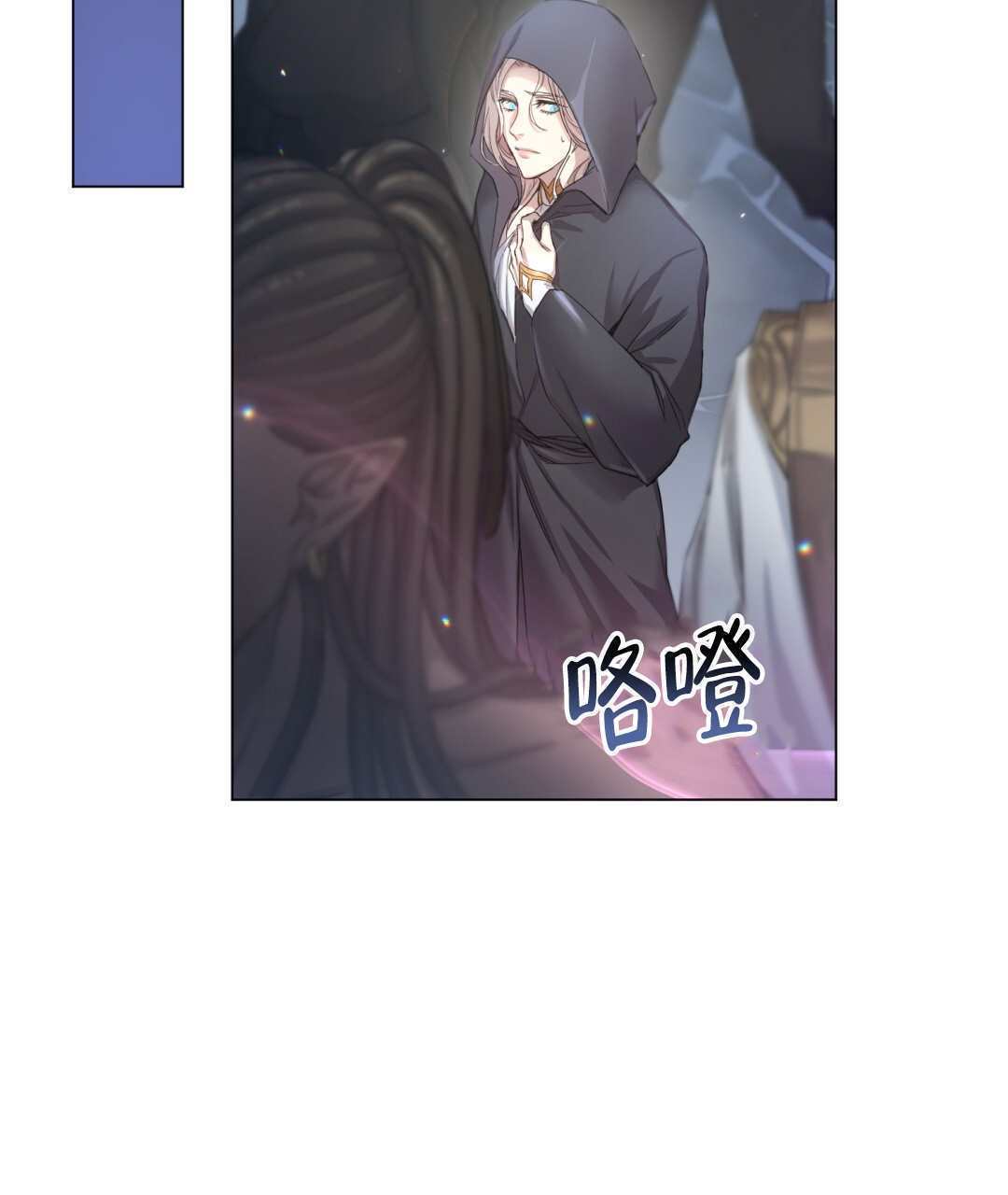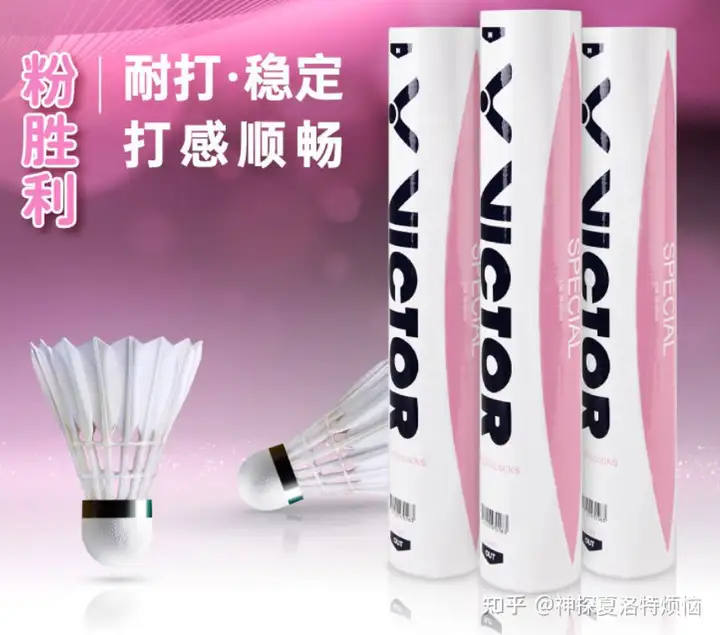台球杆有哪些不同的杆头?不同杆头有什么区别?
谢妖。(人生第一次……)
杆头,又称皮头,我们这边叫皮套(很有乡土气息吧)。其实就是粘在球杆击球端的一个小小的皮制套子。

皮头是怎么来的呢?查了一下有两种说法。一是十九世纪时以驻印度的法国士兵明夸特在受罚练习时为了改善秃头球杆而发明的;另一个是法国球手米佳发明的(这位仁兄似乎还发明了巧克粉)。一个皮头的好坏直接影响了击球的效果。经常打球的都有这样的体会,开好台子第一件事就是选一个趁手的球杆,你看那些一上来找最漂亮最长的兄台就是初学者,先看皮头后摸握把再比长度的是高手,更厉害的就是自带球杆的(淘宝几十块的那种不算噢亲)。
皮头有两种分类,其一是按照尺寸可分为9MM,10MM,11MM,12MM等
其二按照制作工艺又可分为单层皮头和多层皮头。
1.单层皮头:单层皮头又称压制型皮头,是传统的斯诺克皮头。制作工艺就是把单独的一层皮革压制做成皮。常见品牌有:
鹿头(Tweetens Elk Master Tips)



蓝钻牌(Brunswick Blue Diamond)

2.多层皮头。多层皮头就是将多层皮革用胶水粘起来,然后压制成皮头。特点在于质地坚硬,弹性均匀。但因为是粘合的,所以也容易出现分层的情况。
常见的品牌有:
OMIN (泰国产)

Talisman皮头(据说奥沙利文,希金斯等大师都是用这个牌子的。)
这个牌子资料还挺多的。Talisman的皮头用11层皮革压制成,有软,中,硬三种硬度可选。型号共分为PRO和WB两种。
Talisman PRO


这个是未经打磨的
Talisman WB


像不像白加黑?
Talisman皮头的特点如下:
1.更佳操控性 – 能使母球有更多旋转代表更能控制局面,Talisman能使你以较少的力量打出较多的旋转,当我们用力击球时,往往会因为动作较大而影响准确性,Talisman容许你以更值得信赖的运杆速度和动作,打出你想要的效果,换言之,你可以较慢的球速打出长推及长拉,并保持准确性。
2.打入更多球 – 因为Talisman皮头能以低球速打出高旋转,你将会打入更多球,一个运行较慢的球进袋的机会永远都会高一些。
3.更佳的稳定性 – 皮头由10层猪皮强力胶水压制而成,因此有更佳的回复原状能力且经久耐用,所以刚换上的皮头与快要用完的皮头击球效果基本一致。 减少适应新皮头的过程。
4.覆盖球台更大范围 – 更多的旋转能使母球跑得更快更远,而不增加球速及减低准确性。
Talisman减少母球的偏离程度:
1.更多磨擦力 – 偶尔用针刺轻刺一下皮头,可以让更多擦粉留在皮头增加对白球的抓着力
2.更准确 – 让我们正视,要每次都能击中母球的同一点是极之困难的,减少母球的偏离程度可使母球的运行路线更稳定,因此击球更准确。
所以你知道为什么大师们打出的球为什么这么炫目了吧?
皮头的安装
1、用刀片切掉保护皮头,露出铜箍和木头。
2、用锉刀(或砂纸建议用砂纸)修整,使铜箍和木头的端面在同一平面内。
3、用沙纸研磨端面及皮头低平面。
4、用刀片刮取适量胶水,均匀地涂在端面和皮头的低平面上。
5、用固定器将皮头固定在球杆上。如果没有固定器可用硬器轻轻击打杆头;或将球杆立起,垂直向下用皮头轻击地面。
6、打磨皮头,打磨到自己想要的厚度,外形就可以了,安装皮头就完成了。
视频:http://www.mysnooker.cn/bbs/topic16564.html
皮头的品牌
国内一般有LP、LX特制、BS、LK.T皮头
国外就包含了刚才介绍的鹿头(Tweetens Elk Master Tips)、蓝钻(Brunswick Blue Diamond)、O‘min 、Talisman等等。
最后附上一段英文的介绍,这段对皮头的介绍还是很全面的,但是个人翻译水平实在是……所以就贴原文,不献丑啦。
Leather tips of varying degrees of shapes and hardness are affixed to the ferrule. The standard shapes for a tip are nickel and dime, determined by shaping a tip so that when one puts a nickel or dime to it, they are the same curvature. Quarter-shaped tips are less common, though are usually used for breaking cues because less curvature means less accidental spin and more accuracy for a straight shot such as the break.
Rounder tips impart English (more colloquially known as spin) more easily since the point of contact between a tip and the cue ball requires less distance from the center hit to do the same amount of spin due to the increased tangential contact. Tips are sometimes made of harder materials such as phenolic resin because it is favored upon for a break cue (Breaks usually require less spin, thus less round harder tips preserve the shape of the tip longer without sacrificing the effectiveness of the break).
The tip end of the cue will vary in diameter but is typically in the 11 to 14 millimeter (mm) range with 13 mm for pool cues being most common and 9.5 mm for Snooker cues being most common.
A leather tip naturally compresses and hardens with subsequent shots. Without proper care, the surface of the tip can develop an undesired smoothness or glossiness which can significantly reduce the desired friction between the tip and the cue ball. Cue chalk is applied to the tip of the cue, ideally after every shot, to help achieve the desired friction and minimize the chance of a miscue. This is especially important when the cue tip does not hit the cue ball in its center and thereby imparts spin to the cue ball.
There are different grades of hardness for tips, ranging from very soft to very hard. Softer tips like "Elk Master" hold chalk better, but tend to degrade faster from abrasion (from chalk and scuffers), shaping (from cue tip shapers/tackers/picks), and mushrooming (from normal use or hard hits that compact the tip from all directions). Harder tips like "Triangle" and "Le Professional" ("Le Pro") maintain their shape much better, but because of their hardness, chalk tends to not hold as well as it does on softer tips. The hardness of a leather tip is determined from its compression and tanning during the manufacturing process.
All cue tips once were of a one-piece construction, like "LePro" or "Triangle". More recently some tips are made of layers that are laminated together, like "Moori" and "Talisman". Harder tips and laminated tips hold their shape better than softer tips and one-piece tips. Laminated tips generally cost more than one-piece tips due to their more extensive manufacturing process. A potential problem with laminated tips is delamination, where a layer begins to separate from another or completely comes apart. Delamination is not common and usually results from improper installation, misuse of tip tools, or high impact masse shots. One-piece tips are not subject to this problem, but they do tend to mushroom more easily, which is when the sides of the tip bulge out.
资料来源:我的斯诺克http://www.mysnooker.cn
图片来源:google、百度、mysnooker




![高尔夫球车可以上牌吗-每天4小时,让自己变好[五菱]](https://pic3.zhimg.com/80/v2-e7251f4fffb36b2b509e94e12ed2aaee_720w.webp)







